In my quest to improve bass response in my home theater, first I had to move the location of my subwoofer. After that, I found myself doing something I’d never paid much attention to in the past: adjusting the subwoofer’s phase knob.
Technically, it wasn’t a knob I used. The SVS SB-4000 doesn’t actually have any knobs on the back. (The header image to this post is a photo of my prior SB-2000.) For its new models, SVS has moved setting adjustments to a handy mobile app that I loaded onto my smartphone.
I’ve always approached the home theater hobby as a videophile first who tries to do his best with audio. To that end, I’ve never really understood how subwoofer phase works. Until recently, I’d placed my speakers and subwoofer where they were most convenient in my room and relied on Audyssey auto-calibration to take care of the rest. As I’ve discovered, unfortunately, Audyssey has its limits, and adjusting phase seems to be one of them. In fact, I don’t think it does anything with that at all.
You can’t really blame me for not having a clear understanding of what Phase Control does. The manual to the SB-2000 sub states directly: “For connection to an A/V receiver, it should be set to 0 degrees.” The SB-4000 manual is only marginally more detailed: “Solves sound wave cancellation issues at specific frequencies and perfectly aligns the arrival of output from speakers and subwoofers to your listening position. Normally set to 0° if the subwoofer is near the main speakers. Adjusting Phase shifts timing of the subwoofer output to align with the main speakers or additional subwoofers.” That’s still not particularly helpful. As I recall, a subwoofer I owned in the past had a simple two-way Phase Control switch (either 0-degrees or 180-degrees), and its instructions said to use whichever sounded loudest. That’s probably not the most scientific answer either.
As I’ve struggled to get the hang of Room EQ Wizard, I found that my bass response had a significant dip in the midrange from 50-70 Hz when my subwoofer was in its original location to the right of my center speaker. Moving the sub to the left side of the wall decidedly improved that, but didn’t quite remove the dip. Following the advice of a knowledgeable friend, I took REW measurements at the default 0-degree setting and then played with the Phase Control to see if it offered any improvement. I started at 180-degrees, and then tried a halfway compromise at 90-degrees. I attempted some other variations as well, but none that provided any better results.
(Note that all of these readings were taken after Audyssey calibration, and with my main speakers crossed over to the subwoofer at 80 Hz.)
Of these options, 90-degrees is the winner with the flattest response in the 50-70 Hz range. It’s still not ruler flat, but my friend tells me I should be very pleased with this result. (He also tells me not to be concerned with the narrow dip at 140 Hz, which is probably not audible.) Here’s what the graph looks like after applying 1/6 Smoothing, which supposedly better represents what the human ear will hear.
I’m not sure I understand all of that, but I like that the line looks pretty darn flat up to 100 Hz in this representation.
Part of me is inclined to just let this stand and try to enjoy the results I’ve gotten, but another part of me wants to dive even deeper into this rabbit hole and see what other adjustment settings I can tweak to perhaps eke out some further improvement in bass quality.
It probably doesn’t help that the first movie I watched after calibration was ‘Star Wars: The Last Jedi‘, which has almost no bass at all in its soundtrack and seemed to cause my subwoofer to lapse into Standby mode for the entire movie. Perhaps I should watch some movies with better soundtracks first before going much further with this.

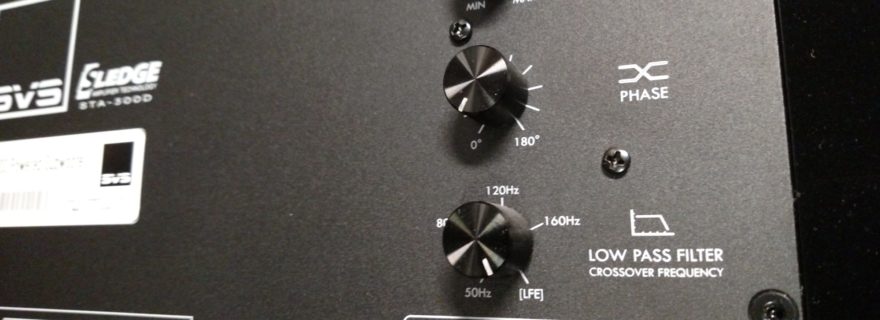
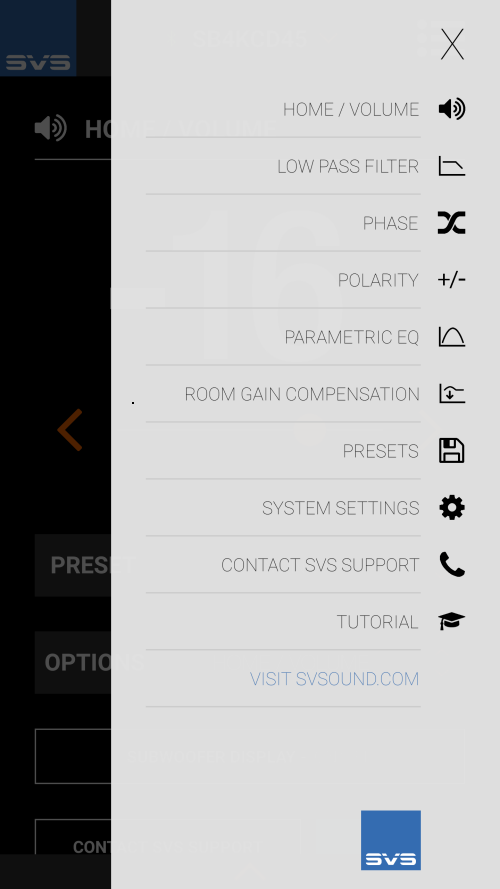
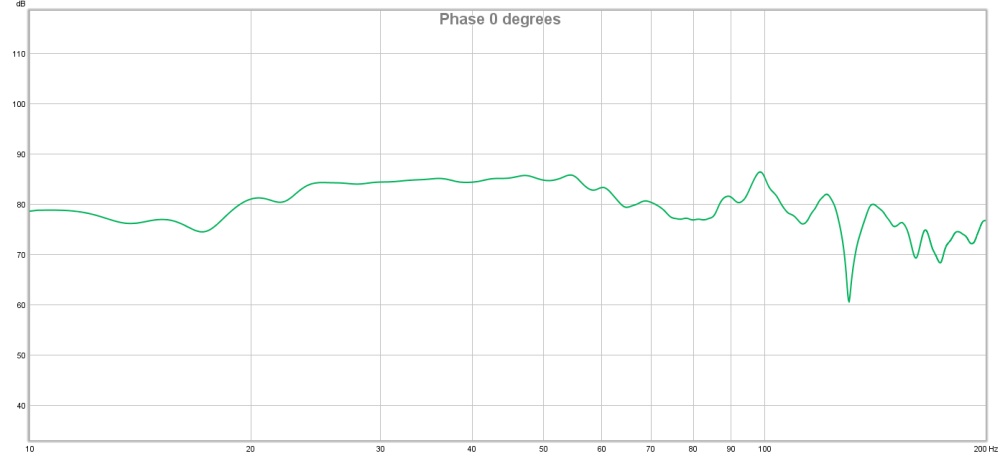
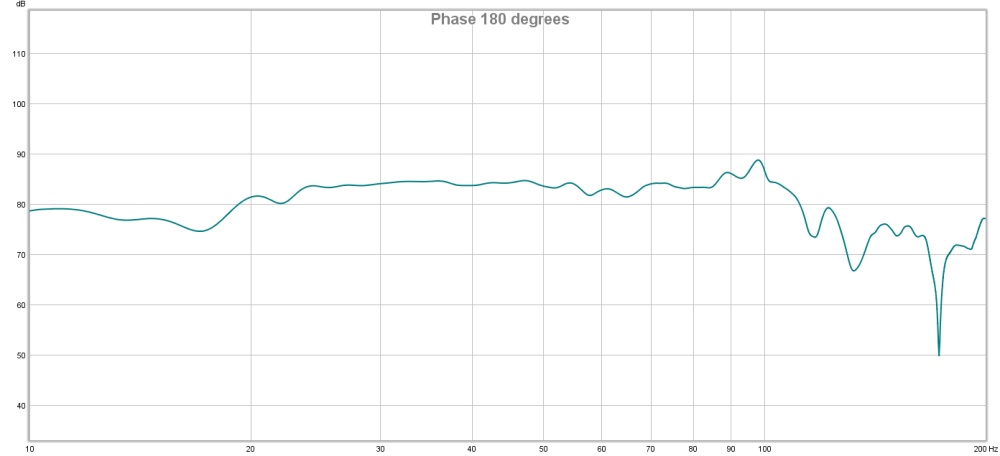
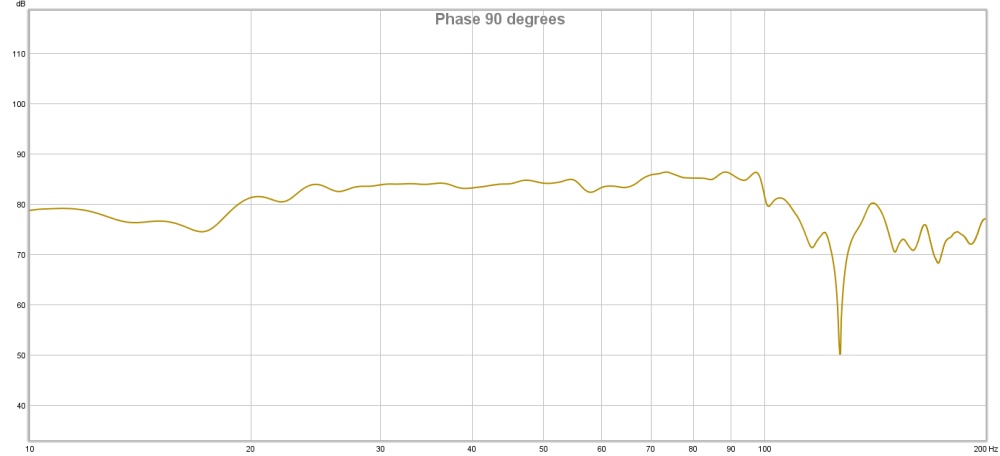
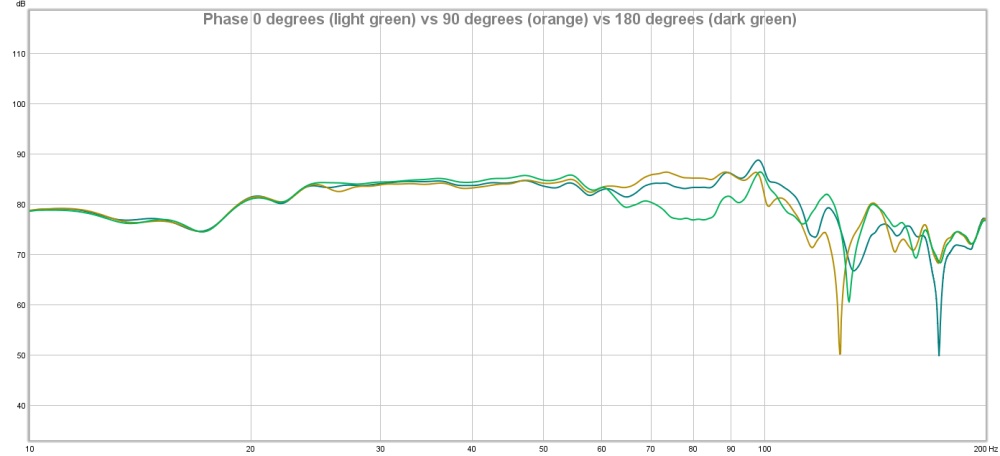
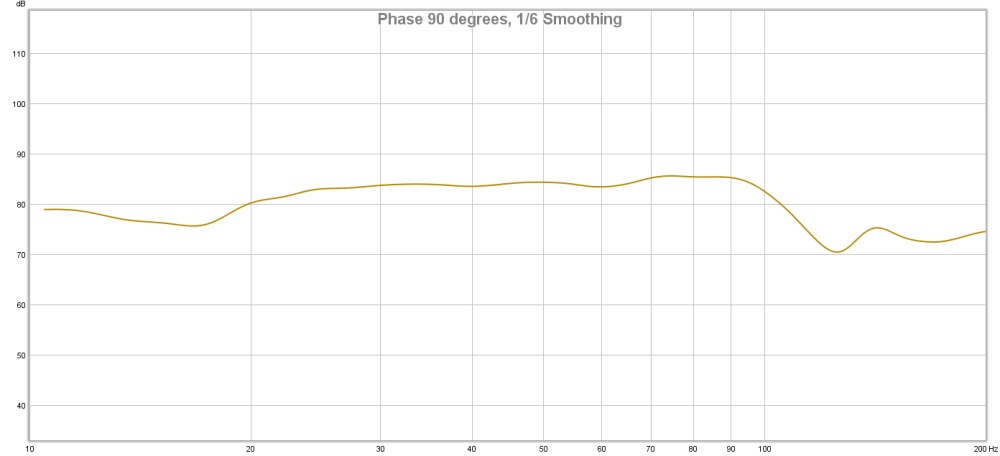

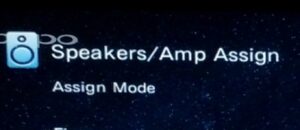
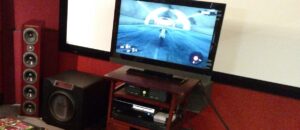
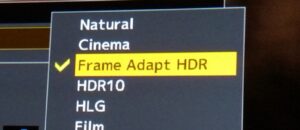
Jon
War of the Worlds will wake that puppy right up.
Tom Spall
Did you test your subs by watching Blade Runner 2049? The bluray/4K disc contains pretty awesome bass action.
Muttley
Success!
That last graph looks good…heck, even the 90 degree graph without smoothing was already looking like a marked improvement.
Glad you got things worked out.
Audio/videophiles being who/what they are will always find a reason to tweak further…the process is part of the fun, after all. I’ve learned to thoroughly document my settings and how I achieved them so that I can fairly easily reproduce my previous results. Not all my tweaking resulted in improvement 🙂
This was a really informative series of articles with enough info to be extremely helpful but without getting too caught up in the jargon and technospeak that might alienate the uninitiated. One could easily delve into the numerous subwoofer threads at AVS for all of that.
Thanks for sharing your path to better bass with us.
MATTHEW BRAZLE
Try Star Wars: The Force Awakens.
First scene, there is deep bass when the star destroyer comes onto screen. Next scene, when Kylo Ren lands with his squad and blasts and captures Poe D.
Then the scene where they take the Millennium Falcon to get away from the Red Legion or whatever they’re called.
Of course there are many other options 🙂
SW:E1 – Pod racing scene is good
João Lima
I do not understand these things very well, but if it is true that the phase may be related to wave cancellation, I wonder if it really makes sense to check the efects of chanfing the phase settings by measuring the subwoofer output on its own.
Shouldn’t the results be measured when outputting sound from the other speakers as well?
Josh Zyber
AuthorThe way Room EQ Wizard works is it sends a frequency sweep from low to high. On these graphs, you can see from 10-200 Hz. Because my main speakers are crossed over at 80 Hz, they start to take over at that point.
João Lima
I understand.
What I mean is, if one of the concerns is that the sound waves from the sub and the speakers may cancel (or at least work against) each other, it seems the measurements of the phase adjustments should not be just measurements of the sub output by itself.
I do not actually know how a test like this could be done properly, but somehow one might generate sound simultaneously from the sub and speakers that might cancel each other and then measure the results of the phase adjustments.
Josh Zyber
AuthorThe only place that might occur is at and around the crossover. During normal movie content, the subwoofer handles all lower frequencies and the other speakers handle all higher frequencies. There’s no overlap or cancellation except around the crossover point. The crossover is not a brick wall, so there’s a range where both are playing the same frequencies. However, the main speakers shouldn’t be touching anything below 40 Hz, for example, while the subwoofer shouldn’t be doing anything above 100 Hz.
This graph reflects that. When the test sweep plays, both subwoofer and mains are working together at the crossover. If there were any cancelation, I’d see it on the chart.
As part of this process, I also took some measurements with just the subwoofer and no other speakers, and then with just the speakers and no subwoofer. I felt that would be too confusing to go into for these two posts, however.
random dude
the `fronts` crossover down in a 12 dB/octave and the sub crossover at 24 dB/octave up in the receivers electronic filter. so quite a bit of bass goes to the fronts even tho you have set them at 80hz.
personally I would use my ears more the the graph to determine what phase is correct. still a nice tool
random dude
going after the graph.. for me the 180 phase looked slightly better. if cut at 70 or 80hz
Michael Pompey
Josh,
Again thanks for the post. One thing I would recommend is getting a copy of Floyd Toole’s book, Sound Reproduction. It has complete chapters on human hearing, bass, standing waves, etc. It really helped me in my quest for tweaking my sub response. I rarely recommend buying a book but this should be in every home theater hobbyists library.
Some of what you are seeing in your graph is the result of the room. One thing about the human ear-brain system is that it can adjust and hear “through a room”. Sometimes when we see a freq response graph and its not ruler flat we make ourselves more upset than if we had never seen one.
If you can knock down the wild humps, blend in with your mains, and have no egregious dips between 50-30Hz, your are going to be pleased with your SB4000.
…
MP
James OLEARY
During all the measurements, where is the mic? At the main listening point or over a few different listening points?jim
Josh Zyber
AuthorIn these graphs, it was in the main listening position. I’m really only concerned about sound quality in that seat anyway. My wife doesn’t care about such things so long as she can hear the dialogue.
aragates
What a great article to share. A great contribution especially for someone looking forward to buying a car subwoofer, amplifier and enclosure. If anybody wants to install a new one, this is the most effective share, that will be very helpful for the best choice. Thanks a lot for the post.
Mtx Bass Package
Thank you very much for posting. This the best guide post for car audio sound systems include details. It is a very effective and helpful share for beginners. Author keeps all thoughts at this share.